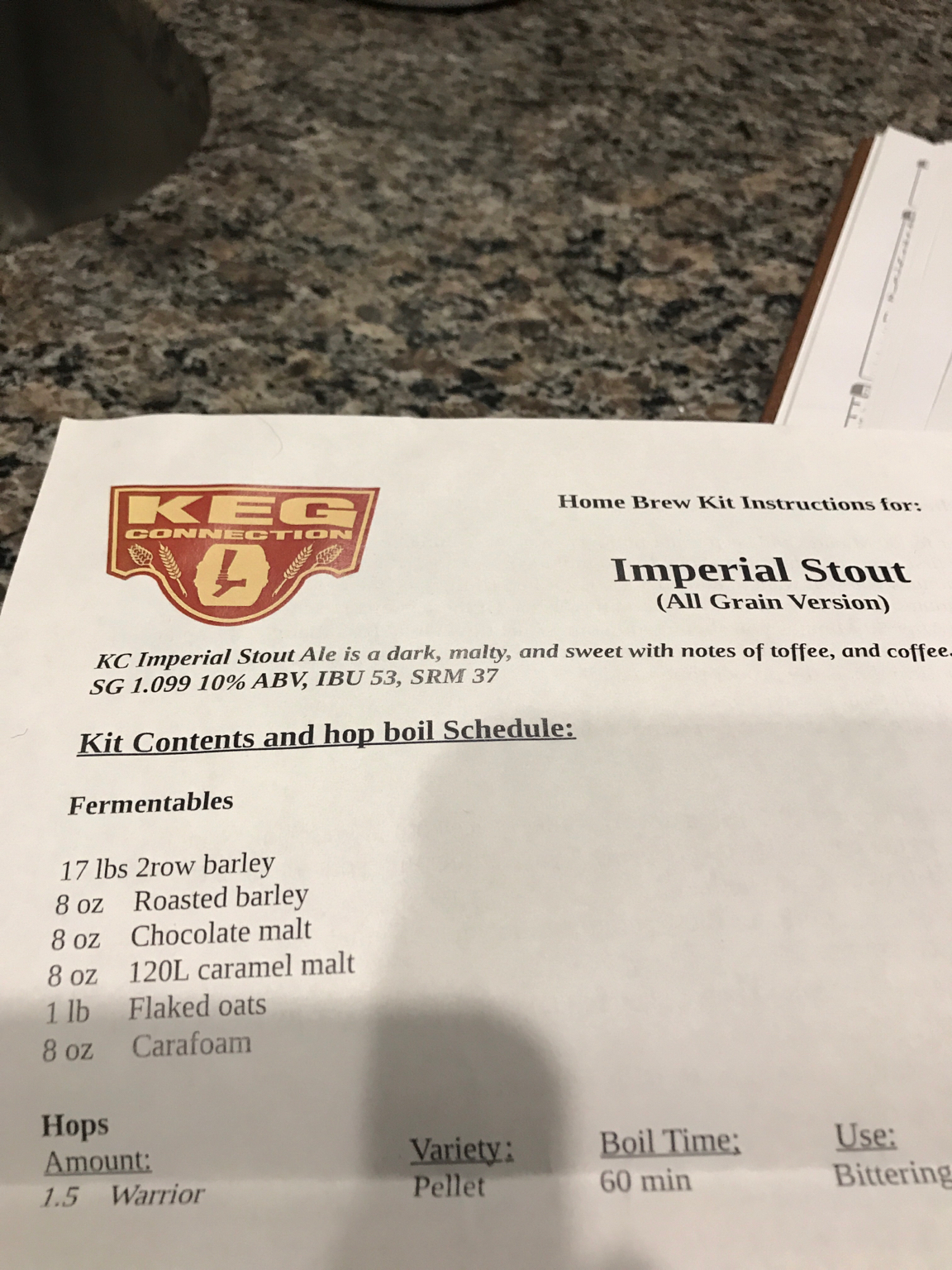YMMV but I'd never (rarely, but couldn't imagine a reason) mash a big beer higher than 65C because the alcohol and the typical unfermentables left over from just base malt are more than enough.
Like if you assume 2 points left per 10 (typical, quick and dirty recipe assessment) with base malt alone (you'll have more with the roast and kilned!) then at a starting gravity of .099 you'll have a provisional gravity of 20. You might come out of the boil higher. Quite often a longer boil (evaporation) helps these beers if you need to bring up your starting gravity.
Alcohol contributes body and a perceived weight as well. This is why double IPA/triple IPA and so many (english!) styles use brewing sugar for a portion of total extract to prevent a big IPA with an FG of .018-20. While you won't necessarily want that for an imperial stout a normal mash temperature is certainly enough of an effort towards body for me.
Like I see people with knowledge who want to use every technique to reach an aim when only one or two of them is often required. High starting gravity with typical attenuation, high abv, crystal, chocolate, oats, carafoam (what?!) hot mash .. Pick one or two, all of them are a recipe for a "my imperial stout finished at 1.038?" thread.
You'd be surprised how many beers are mashed at 65.5C for efficiencies sake. Thick, thin, mouthfeel etc are more often directly influenced by grist composition, fermentation profile and yeast selection. The only time we play with temperature is often the opposite end of the problem, getting a 3.4-3.7% beer to finish at .009-.010 instead of <.006!
Also wanted to say that choice of base malt is important for sweetness/character notes. At higher abv you'll get plenty of whatever that malt throws. High FG typically is disappointing in respect to sweetness because the dextrins AREN'T very sweet. Typically 15 points of dextrin is the threshold for perception let alone sweetness.
























































![Craft A Brew - Safale S-04 Dry Yeast - Fermentis - English Ale Dry Yeast - For English and American Ales and Hard Apple Ciders - Ingredients for Home Brewing - Beer Making Supplies - [1 Pack]](https://m.media-amazon.com/images/I/41fVGNh6JfL._SL500_.jpg)

